Egypt, a land of mysteries and marvels, has captured the imagination of travelers for centuries. Among its many treasures, the Pyramids of Giza and the Valley of the Kings stand out as monumental testaments to the ingenuity and spirituality of ancient civilization. If you’re a tourist from Turkey planning to embark on an unforgettable journey through time, this blog post will guide you through these iconic landmarks, uncovering their historical significance, architectural brilliance, and the rich narratives they hold.
The Egyptian Pyramids: Monuments of Power and Belief
A Marvel of Engineering
The Pyramids of Giza, particularly the Great Pyramid built for Pharaoh Khufu, are one of the Seven Wonders of the Ancient World. Constructed around 2580–2560 BC, this giant stone structure originally stood at a staggering 146 meters (481 feet) and was the tallest man-made structure in the world for over 3,800 years. Its construction is a feat that continues to baffle historians and archaeologists alike, with theories ranging from advanced engineering techniques to the sheer power of a well-organized workforce.
As you approach the pyramids, the sheer size and precision of these structures are awe-inspiring. The Great Pyramid is made up of approximately 2.3 million blocks of stone, and its alignment with the cardinal points is nothing short of extraordinary. The meticulous craftsmanship and the use of local materials like limestone and granite highlight the ancient Egyptians’ relationship with their natural environment.

Cultural Significance
The pyramids served a dual purpose: they were elaborate tombs for the pharaohs and monumental tributes to their divine status. According to ancient Egyptian beliefs, the afterlife was a continuation of life on Earth, and the pyramid was designed to facilitate the pharaoh’s journey into the afterlife and ensure his immortality. The layout of tombs included intricate pathways, secret chambers, and elaborate burial rituals, all aimed at protecting the pharaoh from mortal dangers.
The Pyramid Complex at Giza also includes the famous Great Sphinx, a limestone statue with the body of a lion and the head of a human, believed to represent Pharaoh Khafre. As you stand before the Sphinx, you can almost feel the weight of the cultural heritage it embodies, symbolizing strength, wisdom, and protection.
Visiting The Pyramids
When visiting the Pyramids of Giza, it is advisable to start early in the morning to avoid the sweltering heat and crowds. Guided tours are often available, providing deeper insights into the history and architecture of these monumental sites. Don’t forget to bring a camera, as every angle offers a new perspective on these architectural wonders.
As you explore, look out for the less-traveled pyramids, such as the Pyramid of Djoser in Saqqara, known for its step-pyramid structure and its role as one of the earliest monumental stone buildings in history. It’s a short trip from Giza and offers a profound glimpse into the evolution of pyramid construction.
The Valley of the Kings: The Resting Place of the Pharaohs
A Royal Necropolis
Located on the west bank of the Nile near Luxor, the Valley of the Kings is a vast burial ground used for royal burials during the 18th, 19th, and 20th dynasties of the New Kingdom (circa 1539–1075 BC). This desolate area, surrounded by stark mountains, served as the final resting place for many of Egypt’s most powerful pharaohs, including Tutankhamun, Ramses II, and Seti I.
With over 60 known tombs, the Valley of the Kings was strategically chosen for its remote location, far from the prying eyes of tomb robbers. The designs and decorations within the tombs offer a glimpse into the beliefs and practices surrounding death and the afterlife in ancient Egypt.
Discovering the Tombs
The most famous of the tombs is that of Tutankhamun, discovered in 1922 by British archaeologist Howard Carter. The treasures within this tomb, including the iconic golden mask of Tutankhamun, transformed our understanding of ancient Egypt and its intricate burial practices. Visitors can explore several tombs, each telling its own unique story through elaborate hieroglyphics and stunning murals that depict the deceased’s journey to the afterlife.
When planning your visit to the Valley of the Kings, consider purchasing a ticket that allows entry to multiple tombs, as some tombs may require an additional fee. Be prepared for heat, as the valley can get quite hot, and make sure to stay hydrated throughout your exploration.
Visiting Luxor: A Gateway to History
Luxor itself is a treasure trove of history, boasting landmarks such as the Karnak Temple, the Luxor Temple, and the Temple of Hatshepsut. Staying in Luxor will enhance your experience, providing ample opportunities to delve deeper into ancient Egyptian culture.
To embrace the local culture, consider dining at traditional Egyptian restaurants, where you can savor local delicacies such as koshari (a delicious mix of rice, lentils, and pasta), falafel, and stuffed grape leaves. Exploring the bustling markets (souks) in Luxor can also be an exhilarating experience, filled with vibrant colors, sounds, and scents.

Tips for Turkish Tourists Visiting Egypt
- Respect Local Customs: Egyptian culture is deeply rooted in tradition and religion. Dress modestly, especially when visiting religious sites, and be mindful of social norms.
- Learn Basic Arabic Phrases: While many Egyptians speak English, learning a few basic Arabic phrases can enhance your interactions and show respect for local culture.
- Stay Hydrated: The Egyptian climate can be extreme, particularly in summer. Drink plenty of water and carry a bottle to stay hydrated.
- Plan Your Itinerary Wisely: Both the Pyramids and the Valley of the Kings can take considerable time to explore fully. Plan your visits to include ample time for exploration and rest.
- Embrace Guided Tours: Consider hiring a knowledgeable guide who can narrate the rich history of these sites, providing context and enhancing your understanding.
- Take Safety Precautions: While Egypt is generally safe for tourists, it is always wise to keep your belongings secure and be aware of your surroundings, especially in crowded areas.
Concluding Thoughts
The Egyptian Pyramids and the Valley of the Kings are not just sites of antiquity; they are gateways to understanding a complex civilization that thrived for millennia. Their architectural feats, cultural richness, and historical significance offer insights into a world that profoundly shaped human history. As a tourist from Turkey, you will find not only a connection between our shared histories but also an opportunity to explore the depth of human achievement and belief.
A visit to these remarkable sites will leave you with lasting memories and a newfound appreciation for the ancient world. Prepare to be mesmerized by the tales of pharaohs and their magnificent contributions to civilization as you journey through the sands of Egypt!

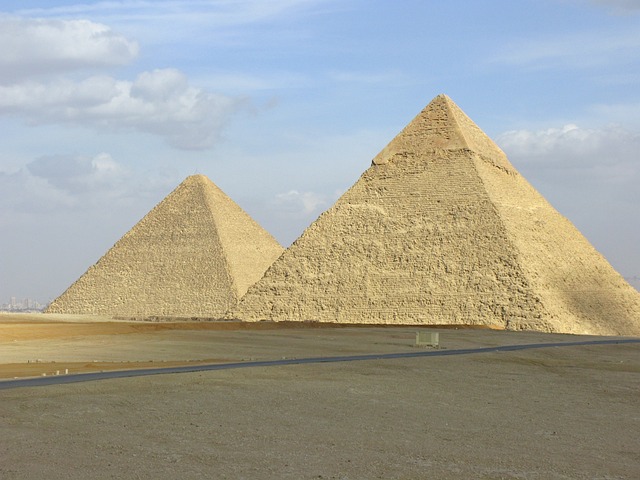
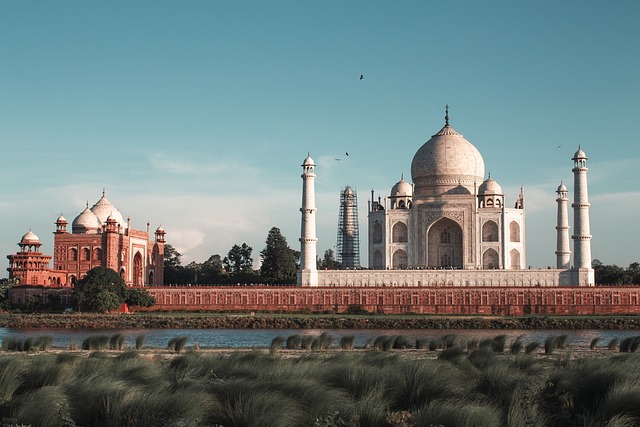
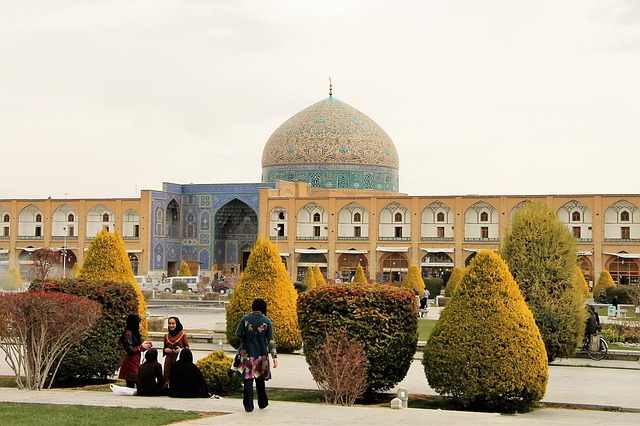
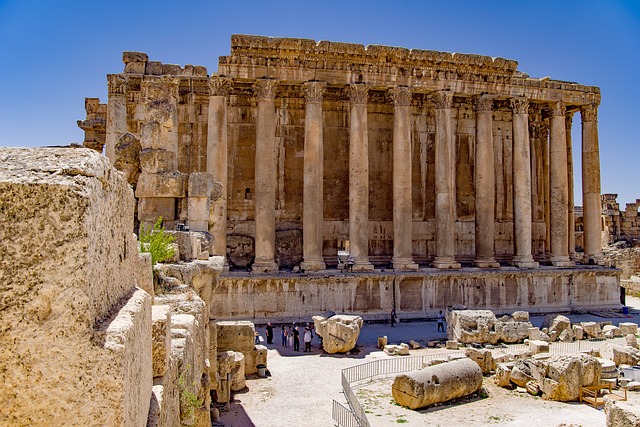
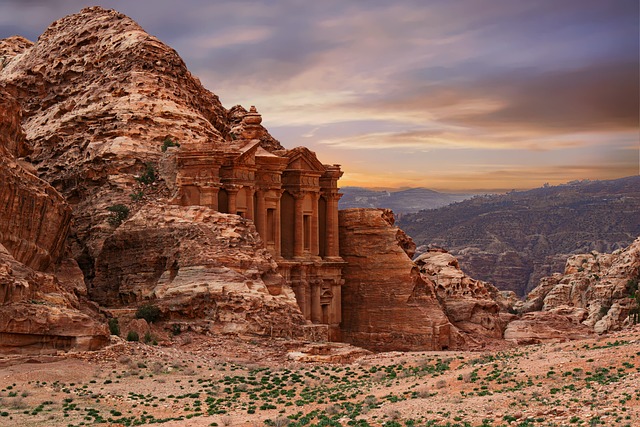
I’ve been absent for a while, but now I remember why I used to love this blog. Thank you, I will try and check back more frequently. How frequently you update your web site?
Egypt has always fascinated me with its rich history and iconic landmarks. The Pyramids of Giza are truly a marvel, and it’s mind-blowing to think about the effort and precision that went into their construction. The alignment with the cardinal points and the sheer number of stone blocks used are just astounding. I can only imagine the awe you feel standing in front of such monumental structures. The idea that they served as both tombs and tributes to the pharaohs adds an extra layer of intrigue. I wonder, though, how much do we really know about the laborers who built these pyramids? Were they honored in any way, or is their story lost to time? It’s incredible how such ancient structures can still provoke so many questions and inspire so much curiosity.
Egypt truly is a fascinating country with a history that feels almost otherworldly. The Pyramids of Giza are such an iconic symbol, yet their sheer scale and precision still leave me in awe every time I think about them. I can’t even imagine what it must have been like to witness their construction thousands of years ago—how did they manage such precision without modern technology? The alignment with cardinal points alone is mind-blowing—was it purely an astronomical feat or something more? The idea that these structures were meant to ensure the pharaoh’s journey into the afterlife adds such a mystical layer to their purpose. I wonder if the ancient workers who built them ever imagined their work would still be marveled at millennia later. What’s the most surprising thing you’ve learned about the pyramids that most people don’t know? I’d love to hear more about those hidden chambers and secret pathways—what secrets do they still hold?